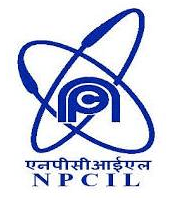Kakrapar Atomic Power Project Unit 4 Attains Criticality
In a significant achievement, Unit 4 of the Kakrapar Atomic Power Project (KAPP 4 – 700 MW) achieved the criticality milestone on December 17, 2023. This marks the commencement of a controlled fission chain reaction, a crucial step in the reactor’s operational journey.
Rigorous Safety Clearances
The attainment of criticality followed stringent safety reviews by the Atomic Energy Regulatory Board (AERB), ensuring compliance with safety standards and regulations. The clearance by AERB paved the way for initiating controlled fission, reflecting a commitment to the highest safety standards.
Indigenous PHWRs
KAPP-4 is the second reactor in a series of sixteen indigenous Pressurised Heavy Water Reactors (PHWR) of 700 MW each established in India. Positioned at Kakrapar in Surat district of Gujarat, it follows in the footsteps of its predecessor, KAPP-3, which achieved commercial operation within six months.
Phased Testing and Power Increment
Following criticality, a series of experiments and tests will be conducted, aligning with AERB clearances. The power level will be incrementally raised, leading to the full operational capacity of the unit. This phased approach ensures the systematic evaluation and verification of the reactor’s performance.
AtmaNirbhar Bharat Spirit
KAPP 3&4 exemplify the spirit of AtmaNirbhar Bharat, as they are designed, constructed, commissioned, and operated by NPCIL (Nuclear Power Corporation of India Limited), with the supply of equipment and execution of contracts handled by Indian industries and companies.
NPCIL’s Nuclear Portfolio
NPCIL presently operates 23 reactors with a total capacity of 7480 MW and has nine units, including KAPP-4, under construction with a capacity of 7500 MW. The organization is actively involved in pre-project activities for an additional 10 reactors with a total capacity of 7000 MW, expected to be completed progressively by 2031-32.
Month: Current Affairs - December, 2023
Category: India Nation & States Current Affairs








